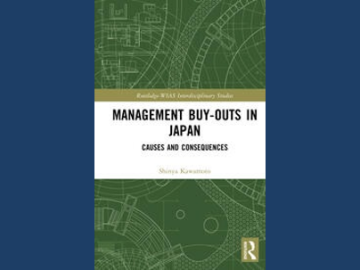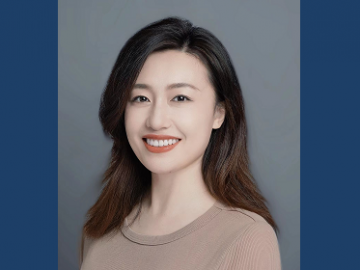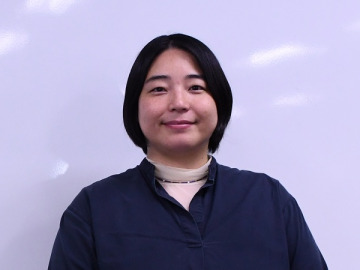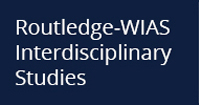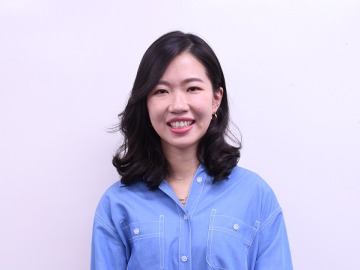
YANG Yun Jung, Assistant Professor
A short background to why I decided to research children’s human rights issues in conflict zones
The phrase ‘All men are created equal under the law’ inspired my childhood dream of becoming a lawyer, and with the ambition of becoming a lawyer active in the international community, I was recommended a book about the real experiences of Ishmael Beah, a human rights activist who was mobilised as a child soldier during the civil war in Sierra Leone. While I was still interested in the subject of child soldiers, my goal at the time was to go on to law school. However, in my third year at the university, I learned about the issue of child soldiers from a scholarly perspective in a seminar by Professor Keiichi Kubo (School of Political Science and Economics, Waseda University). Consequently, I am now a political scientist researching human rights issues in conflict zones, particularly the issue of child soldiers.
Initially, my research focused on the challenges faced by ex-child soldiers who were discharged from the army and are reintegrating into the society. However, by the time I submitted my graduation thesis, I arrived at the conclusion that the primary obstacle to successful reintegration was the need to first address the underlying reasons for mobilisation. Consequently, the present study aims to investigate the factors that perpetuate the recruitment of child soldiers.
Children who engage in armed conflicts
Based on the aforementioned points, I have been conducting research in my doctoral course on the factors that lead to mobilization of child soldiers in conflicts. Existing research tends to explain the factors that cause child soldiers to be mobilised by armed groups from the perspective of the children (e.g., cost-effectiveness). However, my research focuses on why child soldiers continue to be used during civil wars, focusing on the factors which may influence armed groups. For instance, in a recent paper published in a peer-reviewed journal, I examined the impact of aid received by rebel groups from external supporters and the influence of international human rights regulations on recruiters. Thus, I am interested in not only the children’s characteristics, but also factors that motivate use of children by armed groups. Additionally, I am currently working to find the causes of armed groups from the situation they are in, rather than looking for the causes from children, such as the influence of natural disasters and international aid.
In addition to the aforementioned research, my current primary research project involves constructing a dataset of child soldiers, with the support of a Grant-in-Aid for Research Activity Start-up from the Japanese Society for the Promotion of Science. The existing dataset on child soldiers has certain limitations, including a short observation period that hinders the discernment of recent trends. It is imperative to create new dataset to facilitate diverse research. The four main objectives of this study are as follows: (1) observing changes in the use of child soldiers annually, (2) extending the period of observation, (3) identifying how they were mobilised (by force or voluntarily), and (4) discovering where they were mobilised. Establishing a dataset is a time-consuming and arduous process; however, I aim to progress with the support and guidance of my network.
Aiming society where children are not conscripted
In all honesty, it is extremely challenging to guarantee that children are not conscripted for warfare in perpetuity. This is due to the constant supply and demand dynamics, as well as the frequently advantageous outcomes of children participating in armed conflicts. In fact, the utilisation of child soldiers has been documented since ancient Sparta, and their employment persists in post-Cold War societies, as evidenced by the following graphs.

Graph: Child recruitment by government and rebel groups (cited from own publication “Protection for Whom?”)
One may question: is it truly fruitless for us to persist in our engagement with these subjects? From a personal standpoint, I posit that an ongoing examination of the reasons underpinning the utilisation of children from diverse vantage points will contribute to the protection of many such children and, facilitate their reintegration into society upon their demobilisation. Furthermore, sustained research will generate new discussions and attract the interest of numerous scholars, which may result in new research that has the potential to generate societal interest and provide solution.
About future motivation
The issue of human rights in conflict zones is a relatively minor area of study within the discipline of political science, with a paucity of research, particularly with regard to children. Nevertheless, human rights violations in conflict zones persist as a salient problem and the threat to children continues to be a matter of concern. According to a joint study by Save the Children and the Peace Research Institute of Oslo (PRIO), in 2020, 337 million children lived in or near conflict zones where they were at risk of being recruited by armed forces, as shown in the graph below.
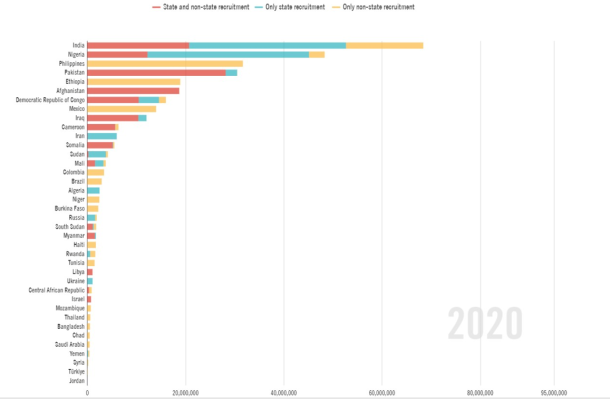
Graph: Cited from Save the Children (Stop the War on Children/ x: number of children, y: countries) Available at: https://data.stopwaronchildren.org.
Notwithstanding the present circumstances, the paucity of research in the field of children in conflict zones is attributable to the dearth of data and extant research. However, I believe that this also signifies the potential for future research. The difficulty in taking an interest in this area is due to the fact that this topic is far removed from our daily lives. In contrast, during World War II, which was less than 100 years old, many children were mobilised for war. It is no exaggeration to say that the peace we enjoy today is built on the sacrifices of these children. Consequently, while it may be challenging to attribute direct responsibility to the present circumstances, it would be remissive to dismiss the significance of our indirect influence. Therefore, a sustained interest from the international community is essential. At European universities, including the University of Essex, where I completed my doctorate, a significant number of researchers were interested in analogous themes, and active research was being conducted. However, this field of research is still in its infancy in Asia. Nevertheless, there remains a pressing need for research from an Asian perspective, and it is hoped that this trend will be observed among Asian universities in the future. As a researcher from Asia, while I am working at the Institute for Advanced Studies, I aim to contribute to the ongoing dissemination and development of this theme by continuing to interact with researchers from various backgrounds.

